LNG is the abbreviation for Liquefied Natural Gas. For the majority of us living in Brownsville, we actually use Natural Gas to power our stoves, our boiler so we can take a nice hot shower and for those that live in the north use it on a regular basis to heat their homes during the cold winter times.
What is Natural Gas made out of?
Natural gas is mostly composed of methane, but contains small traces of other gases (ethane, propane, butane, and pentane). Natural gas doesn’t actually smell like anything, however a chemical added mecarptan is added so that in case there is a gas leak in your home, you are able to smell it and get out of the house and call your gas company to come take care of the leak. Many people say natural gas in your home smells like rotten eggs.
How is Natural gas made?
Natural gas was formed millions of years ago when plants,dinosaurs, and other tiny sea animals were buried by sand and rock. Layers of mud, sand, rock, plant, and animal matter continued to build up until the pressure and heat turned them into oil and natural gas.
How do we get Natural gas off the ground or from the sea?
There’s these so called geologists and geophysicists that get paid a butt load of money to explore oil and gas fields deep within the earth and under the sea, they use different technologies to come up with the best way to extract this natural resource. Once it is determined where oil and gas is, they call up the engineers so they can build drilling rigs and platforms to drill and extract it. Once it’s all extracted the engineers move on to another site and start over.
Okay so once we have the gas, where do we put it? Where does it get stored?
Natural gas once extracted is actually stored most commonly in depleted natural gas or oil reservoirs. Basically what this means is where a previous site was used to extract natural gas it can be re-used to actually put the gas in and contain it and pipelines can be constructed to move the gas to consumers.
So if natural gas can be stored in other places, why is this LNG so important then?
To understand LNG, it helps understand the states of matter which will help understand the whole process much easier. If anyone remembers a bit of Chemistry back in High School, the different states of matter are Solids, Liquids, and Gases and Plasma (Distinct form of matter). Here is an illustration below.
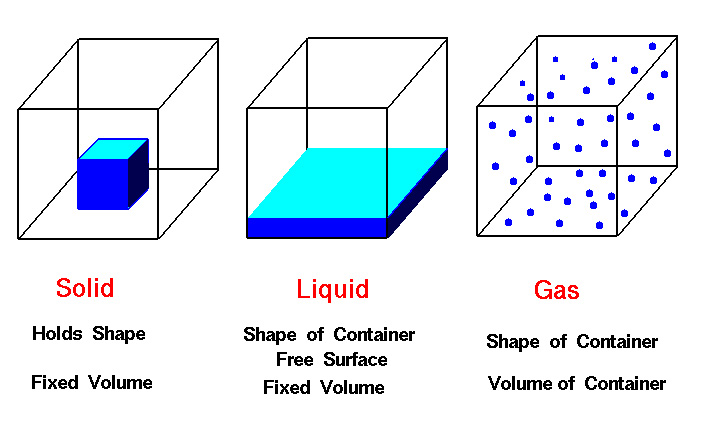
States of Matter
Objects that take up space and have mass is called matter. Natural Gas of course is already in a state of gas but it takes up a lot of space, so what if you were able to convert gas into a liquid that takes up less space? Well this is exactly what LNG is. It is taking natural gas and compressing it into a liquid so that it takes up less space. How much space are we talking about exactly? 600 times less. So imagine opening a gallon filled with LNG and you open it, you would technically be able to fill 600 gallons of the same stuff but in gas form so that it can be used for making your eggs in the morning or taking a hot nice shower. Having natural gas in liquid state allows companies to store and transport it a lot easier than if it was just in gaseous state. There is a ship being built in South Korea called The Prelude which will be the biggest ship ever built in the history of man, and more importantly to carry LNG. How big will this behemoth be? Approximately close to 500 meters (1500 feet), you could race your camaro on top of this for a 1/4 mile and still not fall off. This ship when completed will hold approximately 430 million liters (114 million gallons) of LNG, now imagine this ship 600x the size if it carried all this stuff in gas form, it would be so big, it would crush the entire planet !!! So as you can kind of understand, turning natural gas into LNG is kind of important.
Okay so I understand what is LNG , but why is it important in Brownsville?
Brownsville is called the City On the border by the Sea and this is really the main reason what makes Brownsville attractive for companies to come in and setup shop here. We are next to Mexico literally and have access to the Gulf and have a world class port, not many people know that the Port of Brownsville was ranked #48 in total trade among the nation’s roughly 450 airports, seaports and border crossings through March of 2015. We’ve traded about 4.2 billion dollars during this 3 month period, not so shabby for a small border town. If our city is going to stand out from the crowd, we need to invite big companies to our city.
What do they have planned? Where?
If you ever travel on Highway 48 and you past Amfels, and look towards the right, there is nothing but grassland and even though there isn’t much to look at, it is peaceful. The Proposed LNG plants would do away with this beautiful scenery.
Now imagine driving the same highway in a few years and it looking at this, we don’t know about you but we like the idea of driving and thinking you are going to another location far far away.
The illustration below with the highlighted areas are the proposed sites of these companies setting up shop.
Alright what I really want to know if LNG is harmful.
The truth is, contrary to popular belief, LNG is actually pretty safe and one of the safest and cleanest fossil fuels out there, this is why we are not being biased and want everyone to know as much as possible so they can make their own informed decision to see whether they want LNG plants or not. If there is an LNG spill on the ground or water it vaporizes rather quickly and leaves behind no residues. LNG spills on water do not harm aquatic life or damage waterways in any way. When LNG vaporizes, the vapor cloud can ignite if there is a source of ignition, but otherwise LNG dissipates completely.
LNG Vapors are non-toxic. You can put LNG in a bowl and smell it and you’ll be fine.
Since LNG is less dense than water, it actually floats on top of it. Pouring LNG into a glass dish with goldfish in it to demonstrate that LNG floats on the surface of water and does not harm aquatic life.
So why is everyone saying LNG is dangerous?
LNG in itself is not dangerous however when something is unknown, people will be afraid of it. The only known US disaster involving LNG of any sort was back in the 1940’s during World War 2 in Cleveland, Ohio and this was due to substandard materials back in the day due to war shortages but since then there hasn’t been any accidents in the US.
But the plants themselves can be harmful because to remove impurities from LNG the gas must be stripped of impurities until it’s over 98% methane. Carbon Dioxide, Hydrogen Sulfide, other sulfur components, moisture, mercury, and particles are stripped via acid gas removal and disposal, gas dehydration, mercury removal, and particle filtration are harmful if released to the air. Once in the atmosphere, air pollutants interact with one another, giving rise to new air pollutants that create smog and particulates and nasties. Brownsville is one of the cleanest cities in all of Texas and in the US and if there is ever a disaster the consequences are dire.
So yes or no to LNG in Brownsville?
We personally believe that LNG is not a bad as people say but we have so much potential that we don’t need to create our city looking like a full fledged industrial city and can do so much with tourism and wild life. We need to attract people to our city and the near by surrounding areas and bringing all these LNG plants will make people think twice into moving here. So yes there’s a lot of billions of dollars at stake but at the same time at what price? Keep Brownsville beautiful.
I want to know where to find more information. Where do I go?
There is a website and facebook page called “Save RGV from LNG” , you can go to their website here and read more information.
http://rgvstoplng.wix.com/rgvstoplng


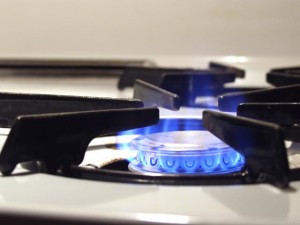



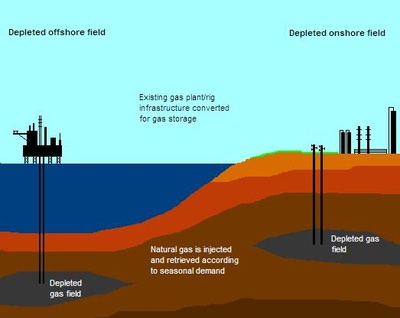
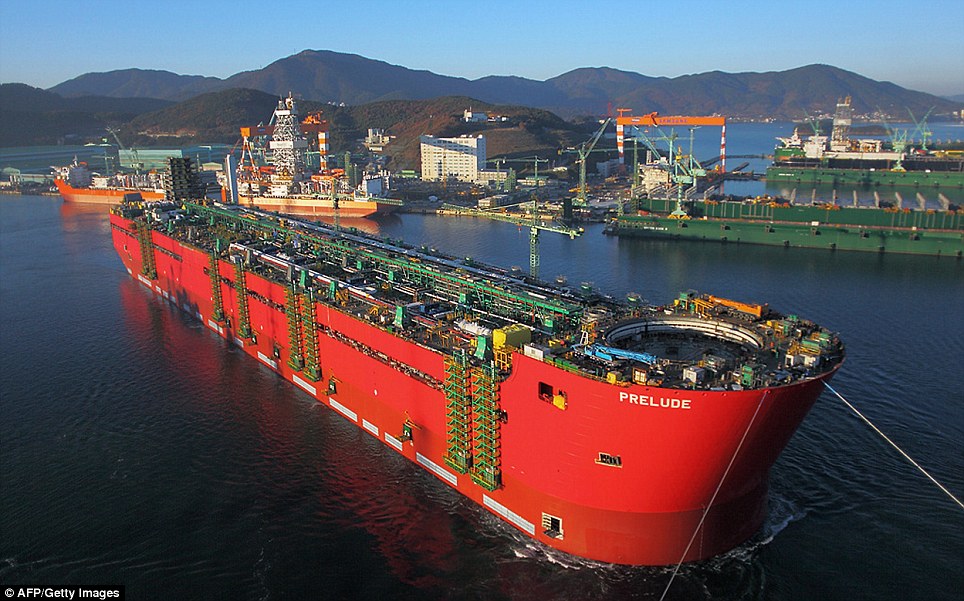
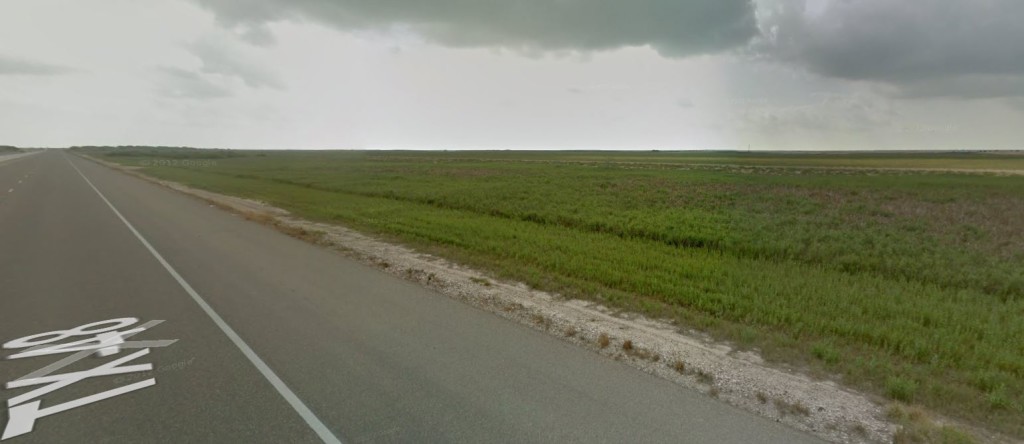


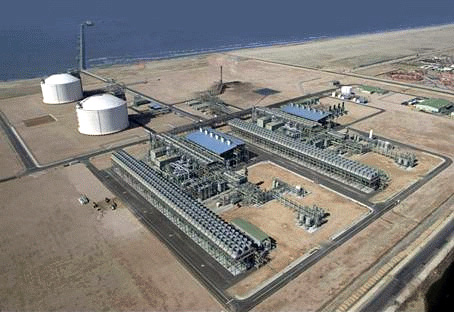
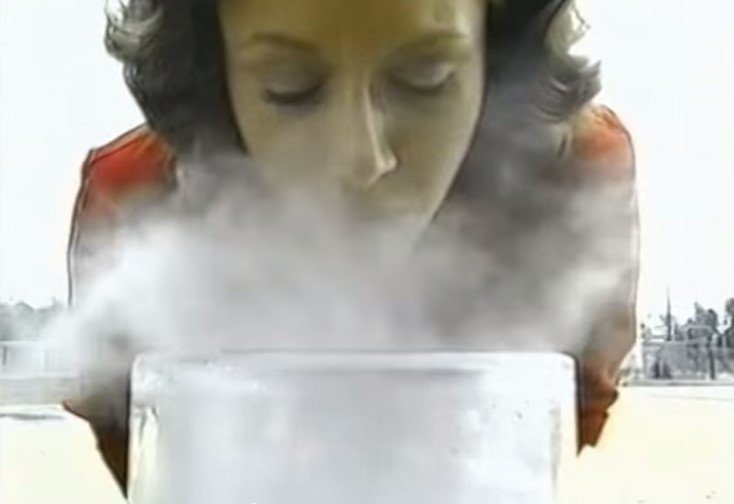
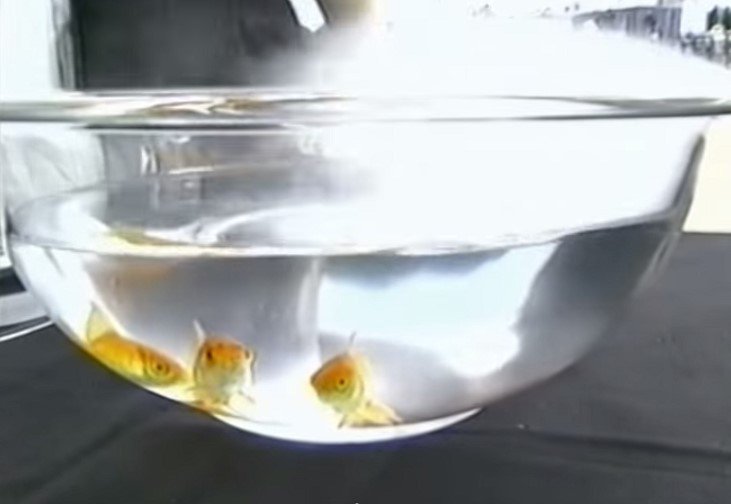
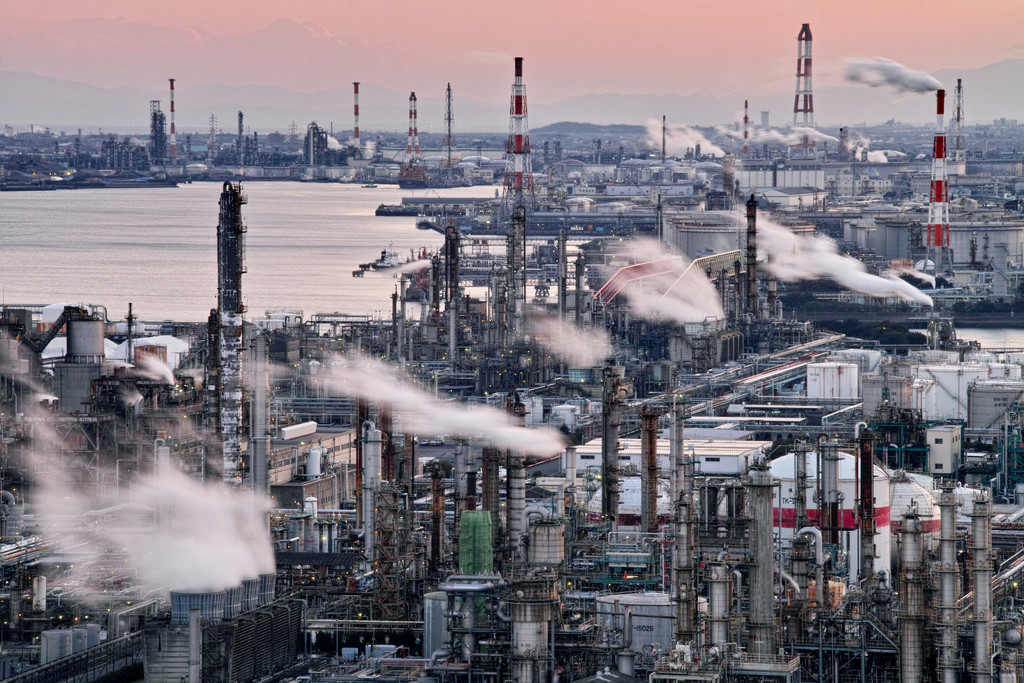
Be the first to comment